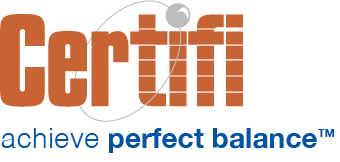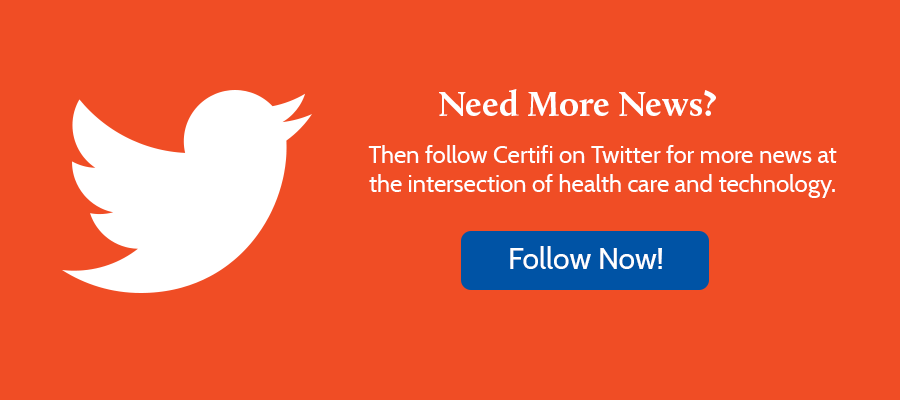On January 27th, Anthem, one of the largest health insurers in the US, released their Q4 earnings on a call with analysts and investors. The call offered a look at strategic moves the insurer is making to respond to the COVID pandemic and to continue to grow revenue. As such, the call offered a glimpse into how a large insurer reacts to health insurance trends.
Four health insurance trends gleaned from Anthem’s 2020 Q4 earnings call are below:
COVID-19 Continues to Impact the Business
Obviously, 2020 is the year of COVID-19. For Anthem, COVID impacted profitability as they experienced a 41% drop in profit compared to the same quarter a year ago, with overall annual revenue also dropping $200 million year-over-year. COVID-19 primarily drove the revenue and profit declines. When COVID first hit, health care utilization as a whole declined as consumers delayed non-essential healthcare services. In Q4, Anthem reported that healthcare utilization was below baseline but the surge in COVID-19 cases in Q4 increased costs.
COVID also impacted business operations. For example, the company improved access to care via telehealth. The company recently has also been focused on improving access to vaccines and vaccine-information. Anthem launched a nationwide partnership with Lyft to support universal access to vaccines via 60 million free rides to and from vaccination sites. Plus, members can access a vaccine tracker that delivers vaccine-related data so they can determine when they may be eligible for vaccination.
Anthem also expects COVID to continue to impact the business in 2021. In the analyst Q&A, Anthem indicated that their financial modeling expects about 60% of Americans to be vaccinated in 2021, but their costs could vary if that number isn’t achieved. Overall, Anthem expects a $600 million headwind in 2021 due to COVID-19.
Takeaway: COVID will not just disappear in 2021. Insurers will continue to suffer financially from the pandemic. As COVID costs decrease, healthcare utilization will likely increase due to the release of pent-up demand.
Medicare Continues to Drive Growth
Anthem’s Medicare Advantage (MA) membership increased 18% year-over-year, while they reported nearly 300% growth in their MA Essential Extras selections. One of the ways Anthem differentiates itself in some MA markets is by offering its Essential Extras program. Members with plans that include this option can select one additional benefit — like healthy food deliveries, transportation, a personal home helper, assistive/safety devices, or alternative medicine like acupuncture or therapeutic massage. The plan aims to improve the member’s health and well-being and to reduce emergency and healthcare use.
Overall, Anthem’s Medicare growth has been above the industry standard, however, there was some concern expressed by analysts about the recent Consolidated Appropriations Act passed by Congress in December. The act enacted a 3.75% increase in physician fee schedule payments for 2021. The expectation is that this increase will weigh down the earnings for the insurer’s Medicare business for 2021.
Takeaway: Insurers looking for significant growth have turned to the Medicare Advantage market to drive that growth. To compete, they need to offer differentiation from other MA plans.
Insurers are Becoming More Member-Centric
COVID-19 plays a role, but a lot of chatter in the Q4 earnings call centered around the member investments Anthem has made. The previously mentioned Lyft partnership and vaccine trackers were developed in response to COVID. In states where they deliver Medicaid, Anthem has created localized solutions to address issues with housing, job training and provided free internet to children. For Medicare members, Anthem has developed phone-based social worker programs to help coordinate local resources to support member needs around food, security, and transportation.
Anthem also highlighted their recently-launched Concierge Cancer Care program. The program delivers 24/7 personalized guidance and support as well as remote monitoring technology. Today, 900,000 members have access to the program.
Anthem has deployed Artificial Intelligence (AI) to improve the member experience. The company reported that it redirected a remarkable 5 million member calls to on-demand resources to streamline the delivery of information they requested. Their AI-based care finder is live and delivers predictive tools to help guide members to the right care at the right time.
Finally, they introduced a new digital nutrition assistant powered by AI. Anthem plans to add the assistant to the company’s app, called Sydney. The new digital nutrition assistant will be able to automatically recognize food and log meals in real-time. Anthem hopes to leverage the app to help members meet nutritional goals. The full roll-out of the app should occur in 2021.
Takeaway: Anthem spent a significant portion of their introduction focusing on the member improvements they’ve made in 2020. For good reason — in a competitive environment, the insurer needs to stand out among its peers. If you’re an insurer and you’re not investing in machine learning tools, intelligent member routing tools, or even AI-based health and nutrition assistants, you’re likely falling behind the curve in a more member-centric health insurance environment.
Competition in the Individual Market Remains Strong
Why are insurers investing in becoming more member-centric? A lot of it has to do with the growing competition in the individual market. One analyst specifically asked Anthem to discuss how they’re thinking about competition because he heard it was increasing.
Anthem agreed competition had increased and that their strategic focus continues to center on value-based relationships and differentiated medical management. In other words, they feel differentiation in the individual market occurs through their partnerships with key providers. These provider relationships help Anthem deliver better health care to members. They’ve also invested in individual markets where they have a strong provider footprint, expanding into about 115 counties in 2021.
Anthem also reported that they were seeing fewer new sales across the federal and state exchanges. They expect this trend to reverse thanks to the Biden administration. Anthem foresees the government investing more in marketing and communication and opening more special enrollment periods. As a result, they expect enrollment in individual plans to increase. That increase will lead to more business growth in the individual market.
Takeaway: In addition to investments by the federal government in the federal marketplace, several states have recently transitioned or will transition to state-based exchanges. Add in new employer plans — like ICHRAs — that push employees into the individual marketplace and insurers need to have a strategy in place to capitalize on the growing individual market because it has its own unique marketing and billing challenges for insurers.
Certifi’s health insurance premium billing and payment solutions help healthcare payers improve member satisfaction while reducing administrative costs.



